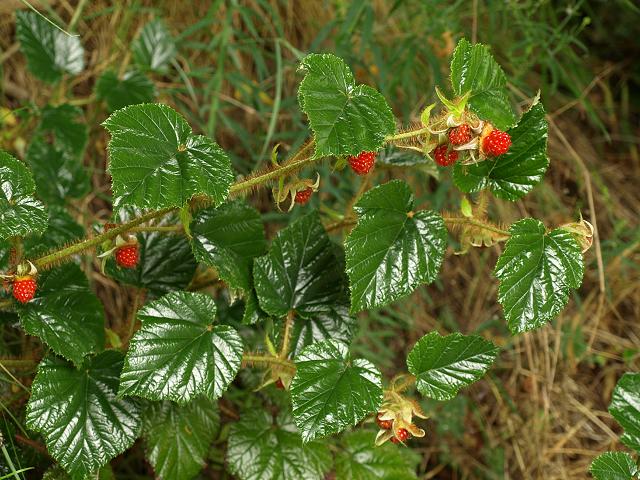The rain that had fallen through the night had stopped by the time we were ready to get going.

The canal warehouse was built in 1815, just a year before the canal opened its full length between Leeds and Liverpool, obviously in anticipation of a growth in trade. Roughly where the boat to the left is moored there was a railway bridge until 1996 when it was demolished, 1 day before a preservation order came into effect on it! There were two cranes at the warehouse. The stub of one can be seen, and there were also two sets of stables for the boat horses.
There was no real rush as the Foulridge Tunnel works on a timed system of traffic lights. For those travelling south the lights turn green from the hour to ten past, and for travelling north from the half hour for ten minutes. That gives 20 mins minimum for the transit through the tunnel. Almost all the tunnel, all but 700 of the 1630 yds, were built by the cut and cover method as the ground was too loose to tunnel and the surface was only 23 yards above. There is no tow path so the boats had to be legged through and in 1879 about 90 boats a week were passing through. In 1882 a steam tug was provided to tow them through, but by 1930 only 13 boats were using the tug a week and in 1934 it was discontinued.
The winding hole at Wanless Water marks close to where there was a wharf that handled a great deal of cotton bales that were brought up the canal and then transported to the local mills during the mid 1800's.
Although it is very cute I'm not sure how much use it will get.
We came through Foulridge Tunnel behind a hire boat with plenty of crew, disappointingly they decided to stop before going down the locks. At the water point was the 'Slievenamon' that had just finished taking on water and were looking for a lock buddy. We therefore didn't fill up ourselves and down we went. I went on to set the locks and open up leaving the others to close and drop the locks. It was quite strange going down hill after what seems ages of tottering up to the top. The Barrowford Reservoir looked about half full but the Leeds/Liverpool resrvoirs in August were at 73% full. The lowest ever was in 2010 when there was but 23.1%. Barrowford was ordered to be built in 1882 and completed in 1885. It actually has no feeders other than the summit pound itself, so run off from the top pound does not get wasted but runs into this reservoir and from there goes on to supply the Lancashire side. It was a capacity of about 1270 lock fulls.
Towards the bottom the canal runs under the end of the M65 and a feeder road as well as an original bridge. There was a warehouse round this area originally but I could see no trace
The original route of this section of the canal was supposed to be further west and cross the River Calder valley at Whalley. In 1790 this was changed as the aqueduct would have been too expensive so the route ran to the south of the river where there was more coal for cargoes and with branches to Burnley and Blackburn.. Again in the route was changed 4 years later as the industrial might of developing Burnley and Blackpool meant the likelihood of cargoes for the canal. The new route brought the canal over Colne Water on an aqueduct below the Barrowford locks, seen above.
Just after the aqueduct is another cross over bridge. called a changeline bridge here, as the towpath changes sides.
There are several mills close by the river. Most of them look as though they were built towards the end of the cotton period and this warehouse and covered berth must have been busy with bales of cotton from Manchester and Liverpool Docks.
We decided to berth just through bridge 140 as there was a spot on the off side that was tucked out of the way. When we came through nthe bridge hole we saw a boat there, but there was plenty of room for two. and so we stopped as we didn't have far to cover the next day.
From Lomehaye Bridge you can see the moorings with bollards. You can get up onto the street from the berth but as it isn't too obvious from above it is a good spot. Nice and quiet despite the M65 almost just the other side of the canal, but as it is lower and well screened we didn't notice it at all through the night. The berth was covered in Chinese bramble plants. The bright red berries are hard to find and easily drop off the stalks. There aren't too many to each plant so it is not something you can make jam out of but they are really sweet so the ones I didn't eat straight away I made into a sauce, or should I say compote.

http://www.aphotoflora.com/d_rubus_tricolor_chinese_bramble.html
Just incase you didn't know aht they looked like here they are. The spines aren't prickly at all. It is often planted as ground cover in shady spots and as the fruits are quite well hidden by the leaves they usual get left undisturbed until you come along. The only other places I have been able to pick them is at the north end of the Ashted Tunnel in Birmingham.













No comments:
Post a Comment